Natural disasters often leave devastation in their wake, but nature doesn’t always stay broken.
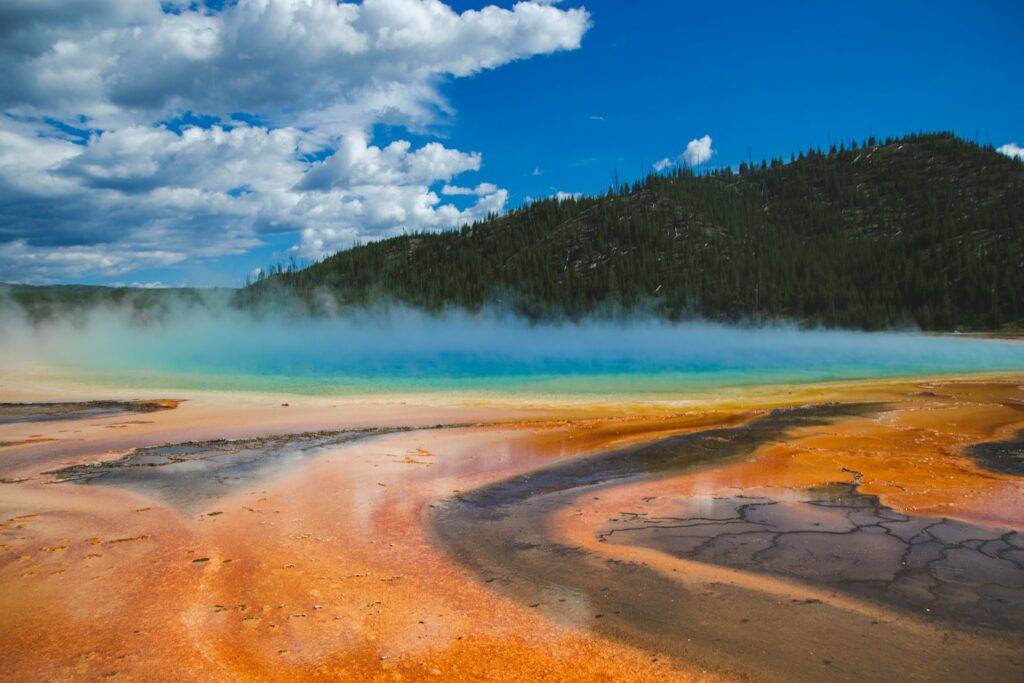
In some places, the chaos of earthquakes, eruptions, and storms ends up creating space for ecosystems to regenerate or evolve in completely new ways. What starts as ruin sometimes becomes rebirth. These are the places where destruction quietly gave rise to something extraordinary.
1. Mount St. Helens, USA
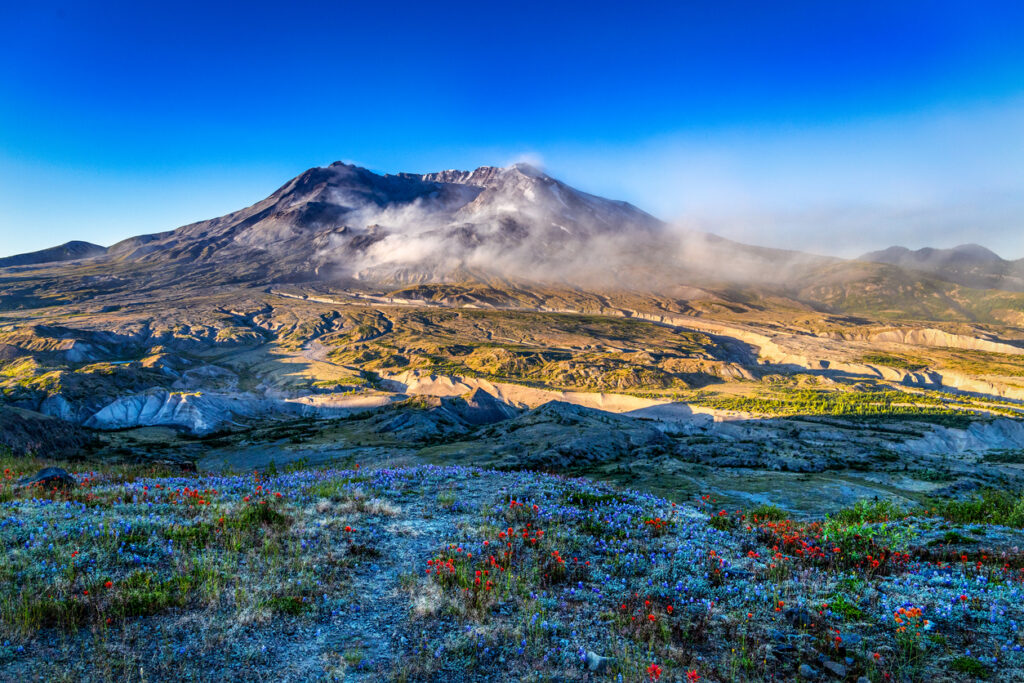
When Mount St. Helens erupted in 1980, it looked like everything nearby was lost. Forests were flattened, rivers were clogged with ash, and life seemed erased. But within a few years, signs of recovery began, starting with hardy species like lupines and small rodents that adapted to the new terrain.
Now, more than four decades later, the area has become a hotspot for ecological research. Scientists have watched it evolve from a grey wasteland into a vibrant, self-regenerating landscape. It’s one of the clearest examples of how ecosystems can rebuild themselves from the ground up, even after total collapse.
2. Chernobyl Exclusion Zone, Ukraine
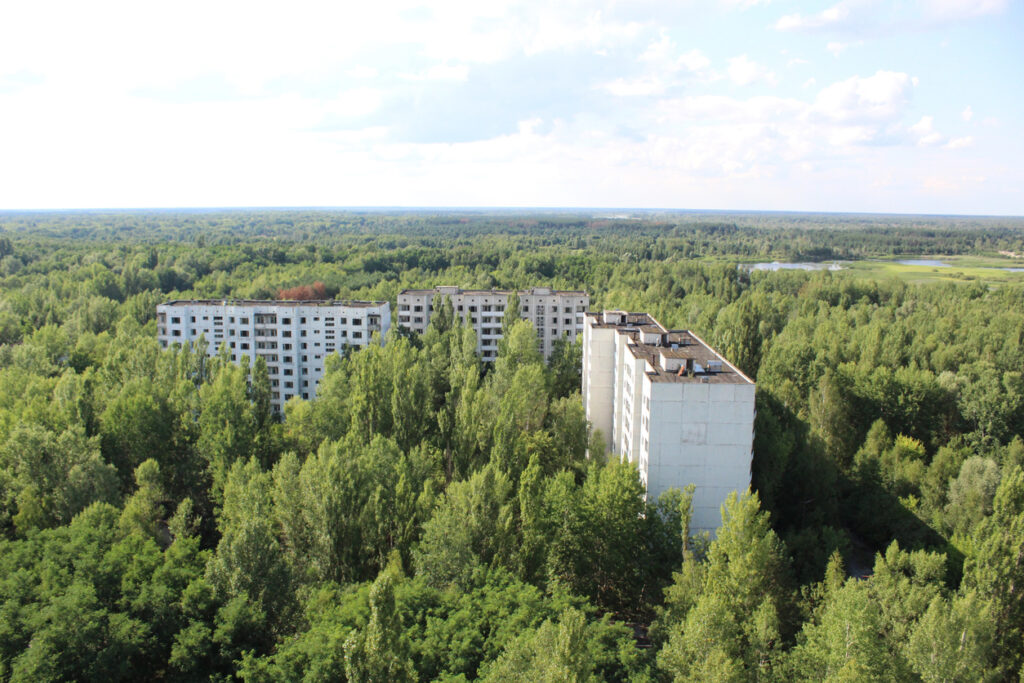
After the Chernobyl nuclear disaster in 1986, the 1,000-square-mile exclusion zone was evacuated and deemed uninhabitable. But with humans gone, nature slowly crept back in. Over the years, forests reclaimed abandoned towns, and species like lynx, wolves, bison, and even bears returned.
Despite the radioactive legacy, many animals are thriving. Scientists still debate how the radiation affects long-term health, but there’s no denying the zone has become one of Europe’s most unique wildlife sanctuaries. It’s a haunting, fascinating case of how nature can rebound when people step away, even in the most unlikely conditions.
3. Krakatoa, Indonesia
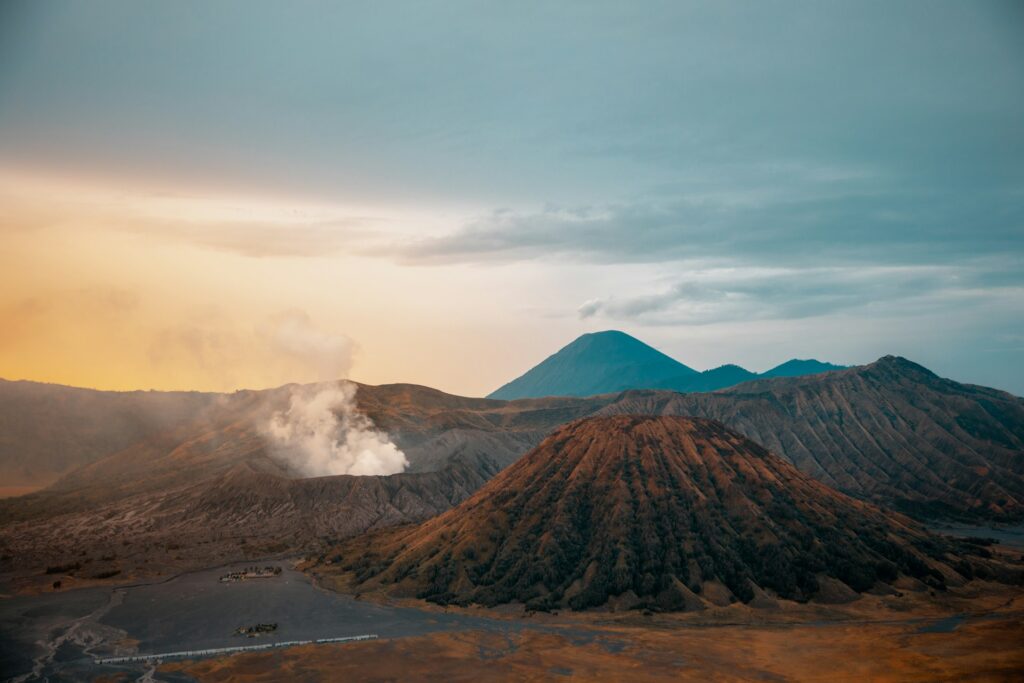
The eruption of Krakatoa in 1883 was one of the most violent volcanic events in recorded history. It destroyed over two-thirds of the island and triggered massive tsunamis. The area was left as a lifeless ash heap surrounded by boiling seas.
But decades later, plant life began to return, followed by birds, insects, and eventually reptiles. Today, Anak Krakatoa (the “child” of the original volcano) is home to a variety of thriving species. The regrowth turned it into a living lab for studying ecological succession from scratch, how life builds itself back one layer at a time.
4. Yellowstone’s fires of 1988

In 1988, wildfires burned nearly 800,000 acres of Yellowstone National Park, prompting fear that the landscape would take centuries to heal. But something remarkable happened almost immediately. Lodgepole pines, which rely on fire to open their cones, began germinating in huge numbers.
Other plants followed, along with an explosion of wildlife that benefited from the open space and fresh growth. Thirty years on, the burned areas are now lush with new forest and increased biodiversity. What looked like devastation turned out to be part of the park’s natural renewal cycle.
5. Mt. Pinatubo, Philippines
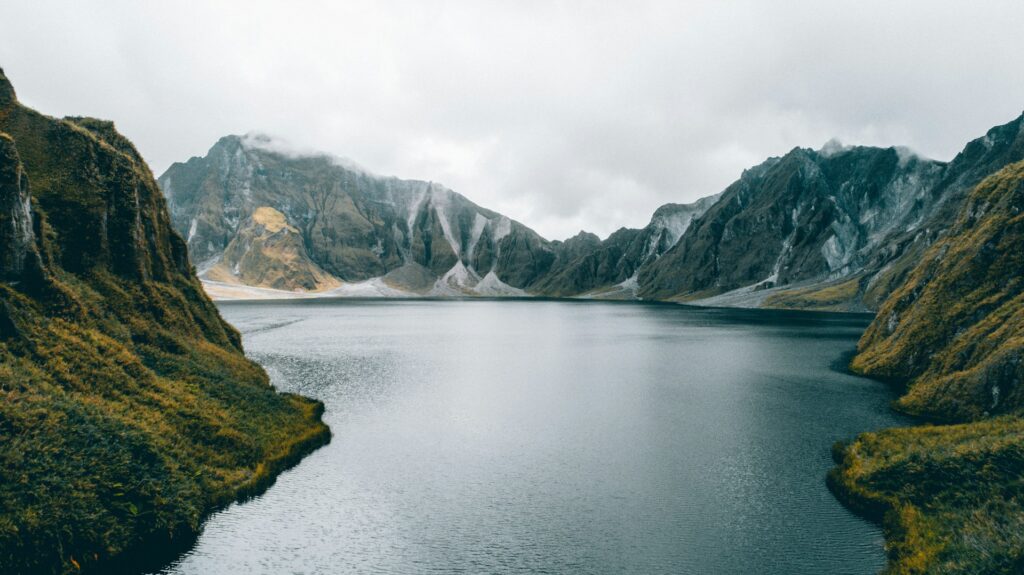
When Mount Pinatubo erupted in 1991, it covered thousands of square kilometres in thick volcanic ash and lahars. Entire towns were buried, and the surrounding environment seemed beyond saving. But nature had other ideas.
Over the years, the ash-covered landscape began to green again. Pioneer species took root, rivers carved new paths, and vegetation slowly returned. What once looked like a permanent grey scar has become a patchwork of forest and farmland—an accidental experiment in how quickly life can reclaim even the most hostile terrain.
6. Tungurahua, Ecuador
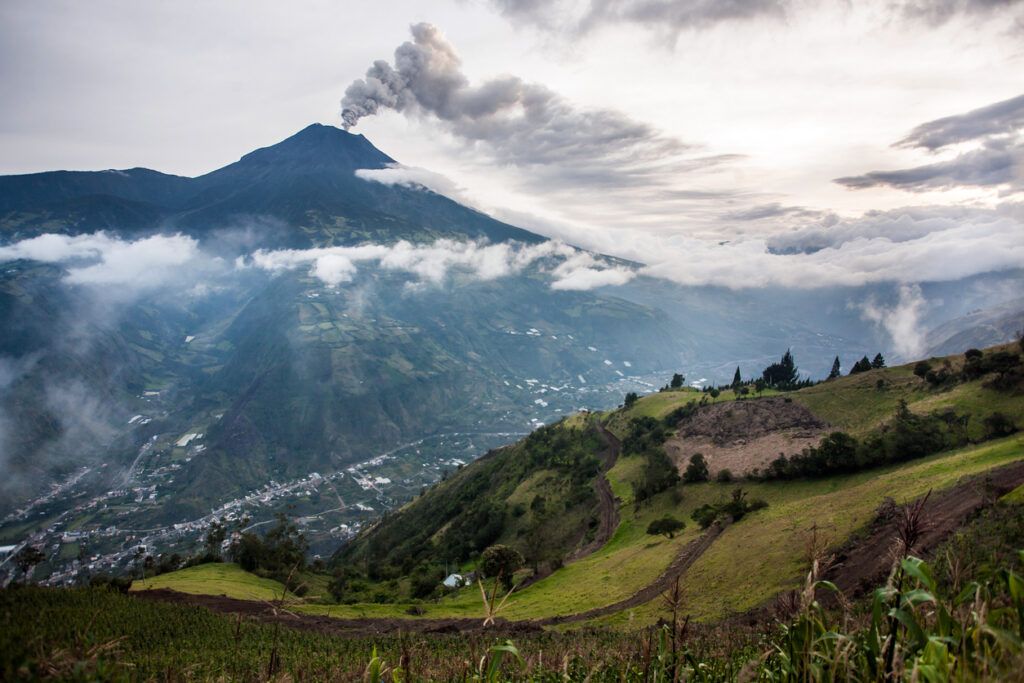
The volcano Tungurahua has erupted multiple times in recent history, covering nearby valleys with ash and lava. Though locals often have to evacuate, the long-term result has been surprisingly positive for the soil. Volcanic material, while destructive at first, eventually breaks down into mineral-rich earth.
Today, the lower slopes of Tungurahua are some of the most productive agricultural zones in the region. Farmers grow lush crops in volcanic soil, and the surrounding forests are dense with life. It’s a reminder that even lava can set the stage for abundance, given time and the right conditions.
7. Spirit Lake, USA
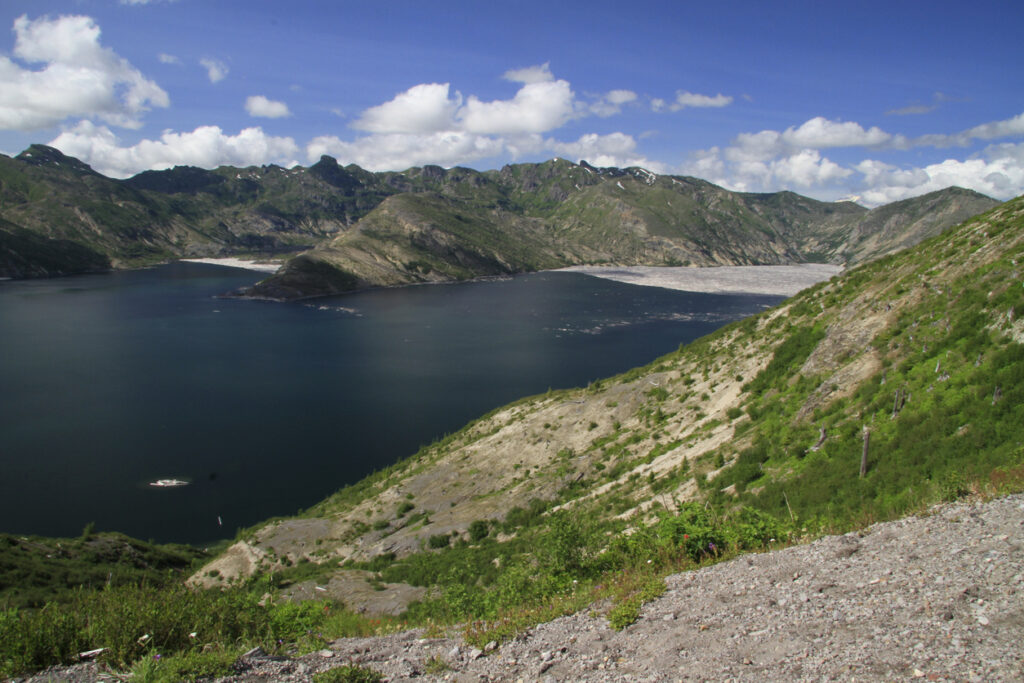
Mount St. Helens’ eruption didn’t just affect land—it also completely reshaped nearby Spirit Lake. The blast sent debris rushing into the lake basin, raising its surface by over 200 feet and suffocating everything within it. For a while, it was thought to be biologically dead.
But over the decades, microbes, aquatic insects, and fish returned. The lake’s ecosystem has transformed into something unique, with its own chemical balance and species dynamics. It’s not the same lake it once was. It’s something entirely new, built from destruction and time.
8. Herculaneum and Pompeii, Italy
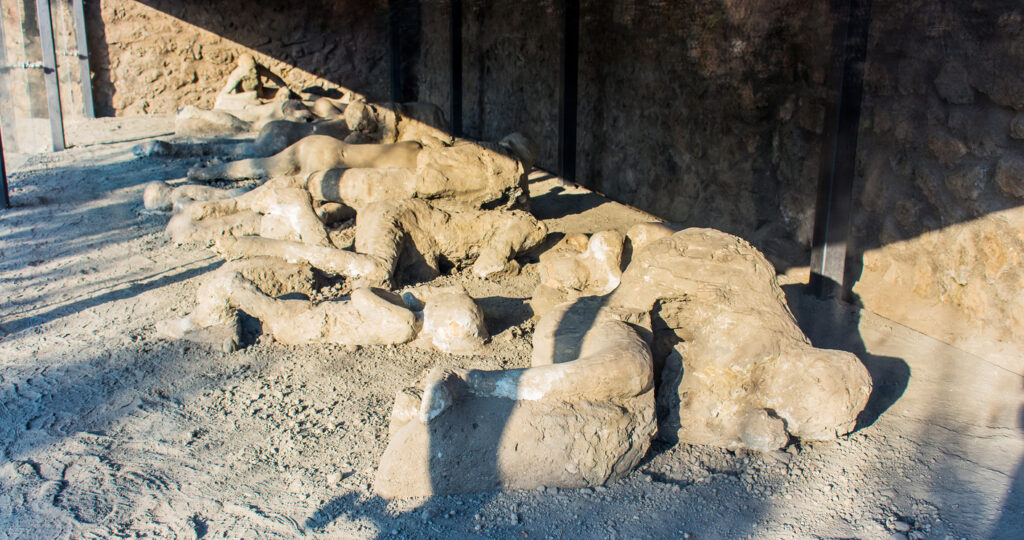
The eruption of Mount Vesuvius in 79 AD buried the Roman towns of Pompeii and Herculaneum under metres of ash and rock. While the human tragedy is well documented, the surrounding area remained largely undeveloped due to the historical preservation laws in place.
Because of this, the land around the ancient ruins has become a quiet refuge for Mediterranean wildlife. Rare plants and animals have thrived in the absence of development, making the area a strangely effective, if unintentional, preservation zone born from a long-ago disaster.
9. Surtsey Island, Iceland
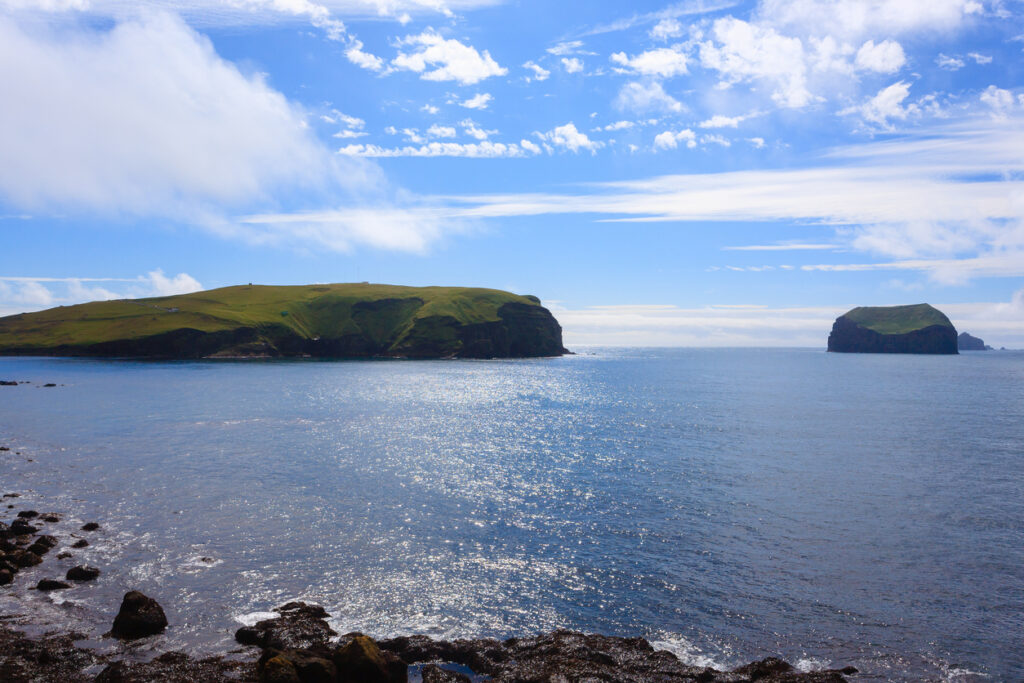
In 1963, a volcanic eruption off the southern coast of Iceland created a brand-new island called Surtsey. What started as a sterile pile of lava has become a protected ecological site, where scientists have carefully monitored every stage of colonisation by plants, insects, and birds.
Because human access has been so limited, Surtsey offers an incredibly rare look at how ecosystems form naturally. From the first moss to the arrival of seabirds, it’s a living timeline of how life finds its footing on even the freshest ground.
10. Mount Mazama, USA
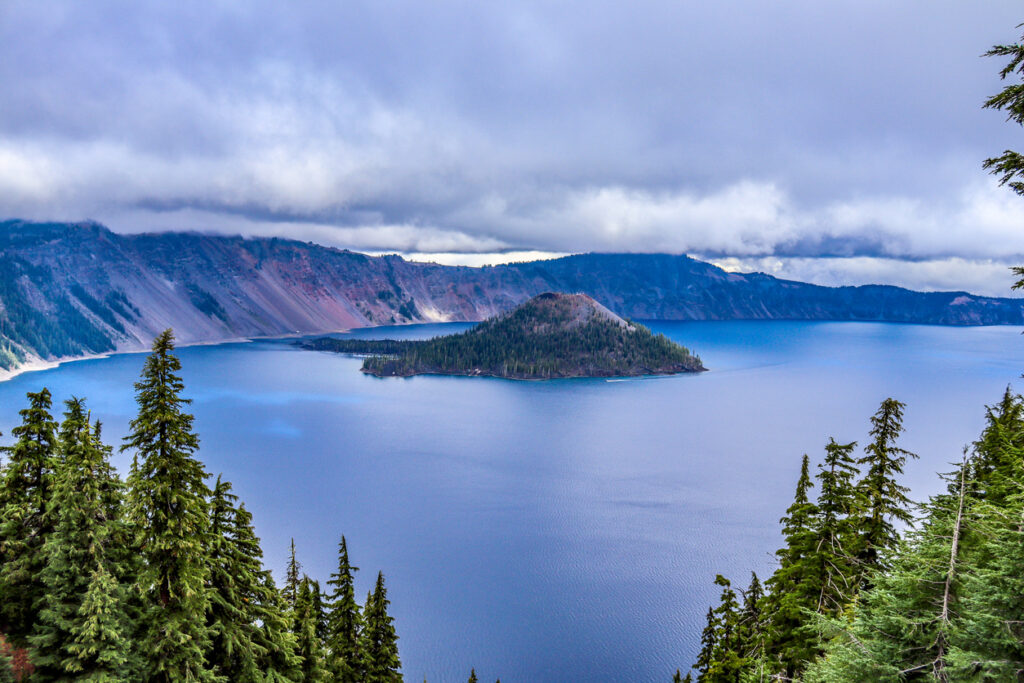
Mount Mazama exploded around 7,700 years ago, creating what we now know as Crater Lake. The caldera filled with rain and snowmelt, forming one of the deepest, clearest lakes in the world. There were no rivers feeding into or out of it—just still, blue silence.
Despite this isolation, the lake has developed its own micro-ecosystem, including native fish and deep-water bacteria. Its clarity and stability make it a place of constant scientific interest. Born of catastrophe, Crater Lake is now a pristine symbol of natural balance and quiet resilience.
11. New islands after tsunamis
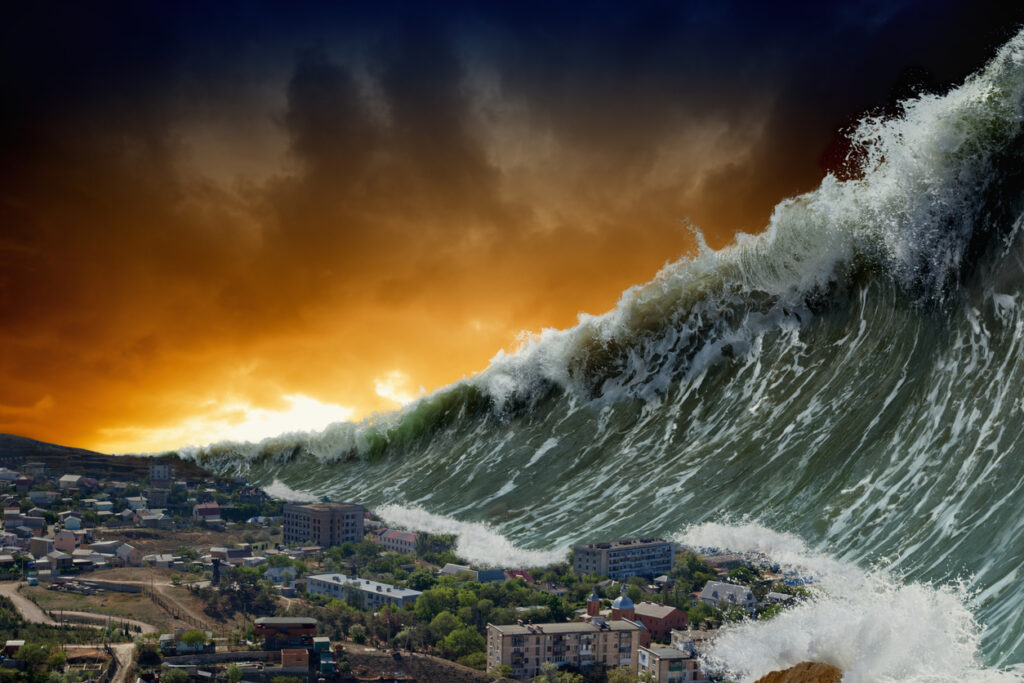
Tsunamis can completely redraw coastlines. In some cases, the shifting of underwater landmasses and deposits of sediment have created small new islands or sandbanks, which quickly become habitats for birds, crabs, and reef-building organisms.
While these formations are fragile, they can also kickstart the creation of coral nurseries or resting zones for migratory species. Nature doesn’t waste an opportunity, even when it arrives in the form of disaster. Sometimes, destruction is just the first chapter in something new.
12. The Atacama’s rare flood years
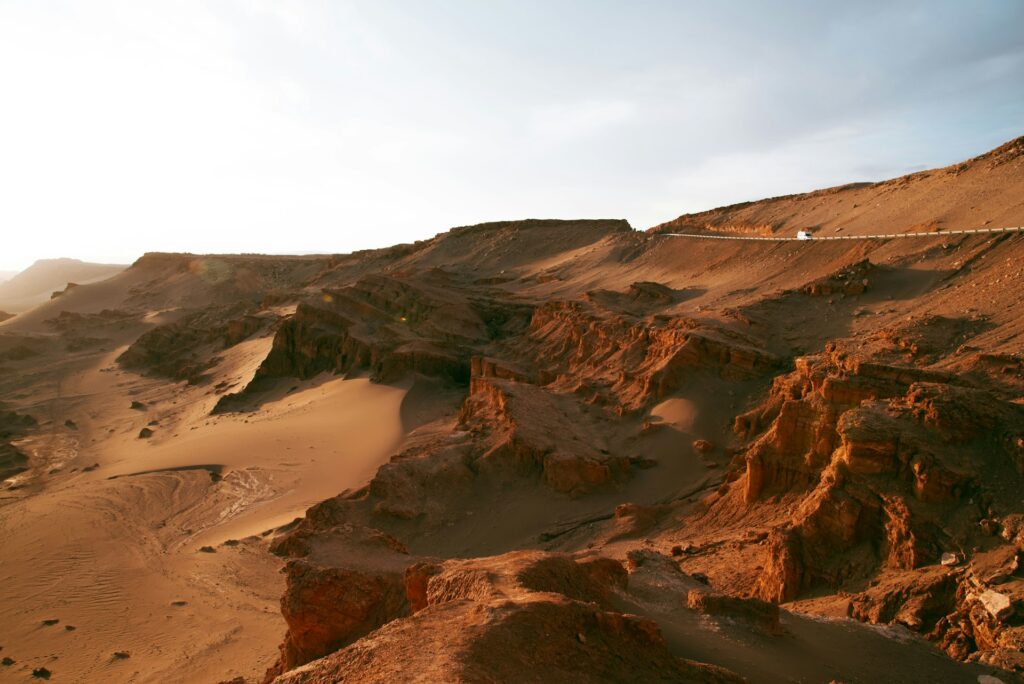
The Atacama Desert in Chile is one of the driest places on Earth, but when rare rains come, usually triggered by El Niño events, the desert suddenly bursts into colour. Seeds that have waited years, even decades, underground begin to sprout.
Fields of wildflowers appear almost overnight, drawing in pollinators and temporarily transforming the harsh, empty land into something out of a dream. These fleeting blooms are reminders that even in the most extreme environments, life is only ever waiting for the right moment.